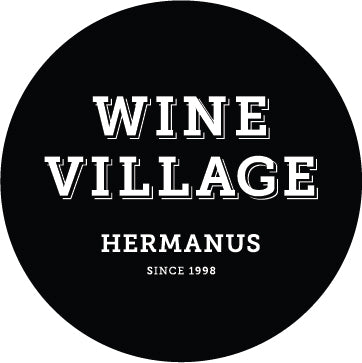
Old world & New world
Share
Ian Naudé, a winemaker who makes very unique wines under his own label, including a singular Colombard, was telling me a story about a Greek winemaker who was explaining his harvest approach – which is to pick all the grapes from a vineyard in one go. When Ian suggested to the winemaker that he may see a significant increase in quality by picking in a few “sweeps” (some earlier pickings and then a few later pickings), the winemaker paused, considered, and said “next year, I'll try this next year” - even though he was still months away from the upcoming harvest.
That same day, I had been to the launch of the new vintage release of the David & Nadia wines. The 2022 harvest was particularly challenging, with multiple heat spikes in the Swartland. One of their signature Chenin Blancs from this vintage, from a single vineyard, is called “Platbos”. David Sadie, the winemaker, was telling us that, because of these heat spikes, this vineyard was picked over 13 individual sweeps. Early pickings to preserve acidity, middle pickings for fruit flavours, and later pickings for structure – all creating different components that would in the end be blended to express the site and vintage best.
What a significant difference. It’s a difference that speaks to a winery that seeks the highest quality in the bottle at a high cost to time and labour. But it also speaks to a philosophical difference that is often described as “old world” versus “new world”.
The “old world” approach is very much of the “if it isn’t broken” school – it is rooted in doing things the same way they have always been done, generation after generation. Where this has incredible merit is the consistency that is gained through repeating the practise in the same way every year. The many generations learn incrementally and get to know the vineyard intimately. But this approach is very resistant to change, and to new ideas.
It has also created strong boundaries within the famous wine-growing regions of the world, a well-known boundary being what grape can be planted where – pretty much only pinot noir and chardonnay in Burgundy, for example. In the same region, certain wineries are “First Growth” by decree (of higher quality) and this remains in place for decades and centuries – even if others are making wines of equal of better quality.
South Africa, a “new world” producer, allows winemakers to roam far and wide and to make the wines they feel like making. We can also plant whichever grape variety we feel like, wherever we feel like it, and we did. There are obvious pros and cons to this, and today we are correcting many of the poor decisions made in the 1980s and 1990s about plantings. But we are also discovering new areas of the Cape for the cultivation of vineyards, and (as in the picking example), learning fast by adopting the best practises of every part of the wine world.
So how likely do you think it will be that the Greek winemaker changes his approach – or even trials this with a part of his harvest? And yet he could see an instant exponential improvement in the quality of the resulting wine. Feels like there’s a life lesson in this.
